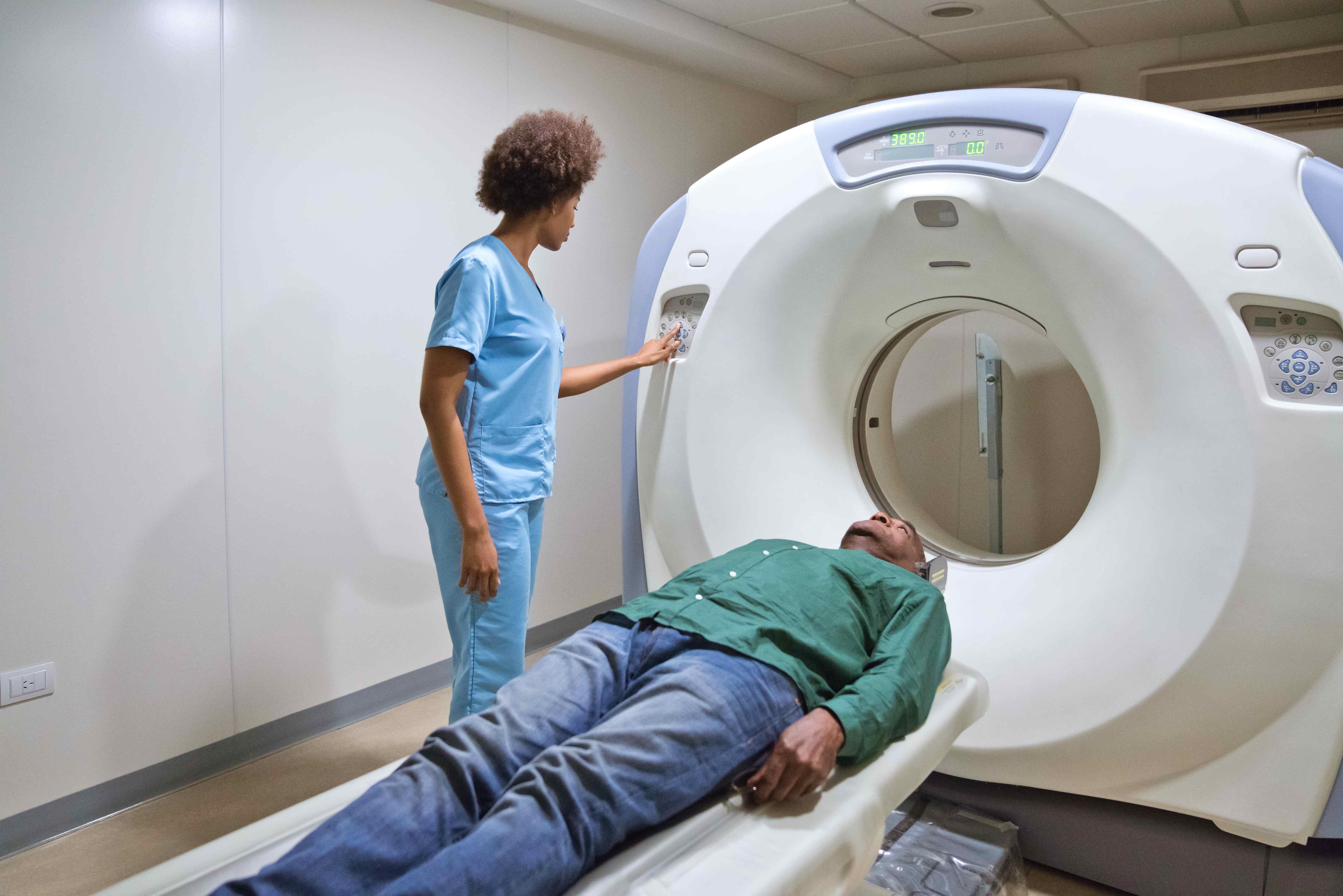Computed Tomography (CT) Scan
A CT scan uses radiation (X-rays) and a computer to make detailed pictures of the inside of your body.
A CT scan uses radiation (X-rays) and a computer to make detailed pictures of the inside of your body.

Clothes that contain metal buttons or zips.
 called a contrast medium.
called a contrast medium.